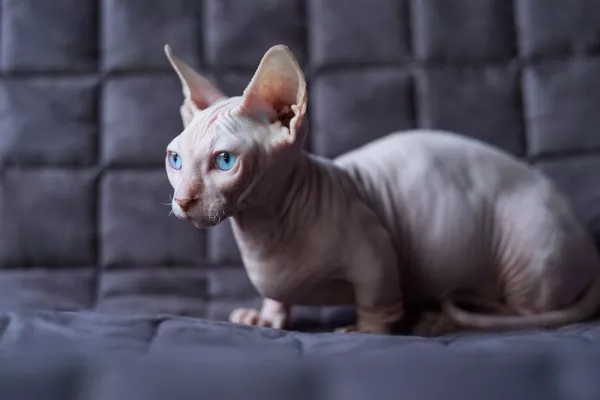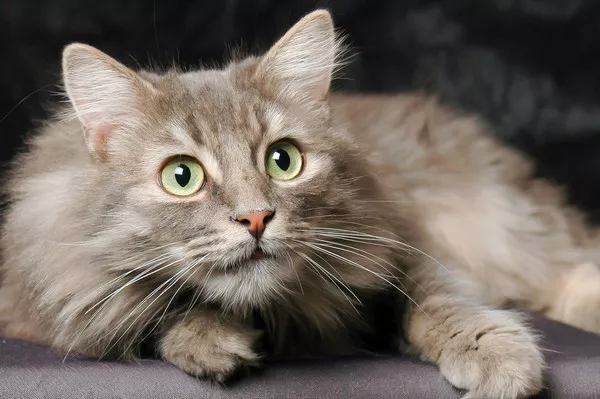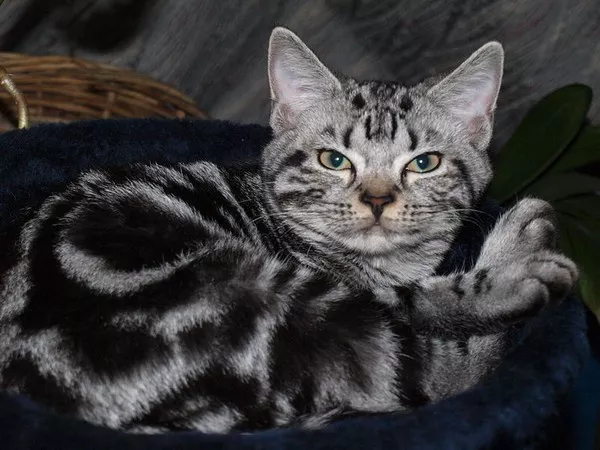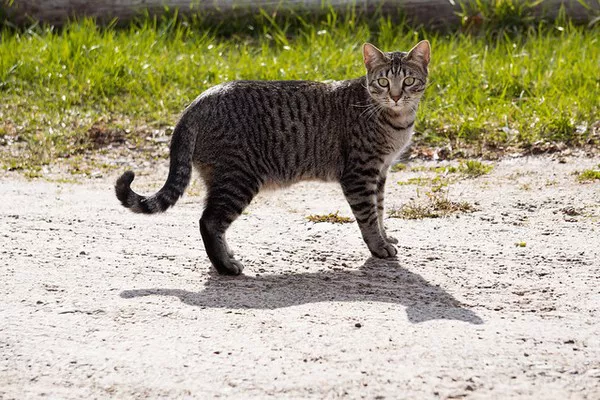Hairless cats, such as the Sphynx or Peterbald breeds, have gained popularity in recent years due to their unique appearance and hypoallergenic qualities. However, potential cat owners often find themselves surprised by the high price tags associated with these feline companions. In this article, we explore the factors contributing to the expense of hairless cats, delving into breeding challenges, specialized care requirements, and the law of supply and demand.
The Challenges of Breeding Hairless Cats
Breeding hairless cats is a complex and time-intensive process that significantly impacts their cost:
1. Genetic Mutation: Hairless cats are the result of a natural genetic mutation, making them relatively rare. This rarity means that breeders must carefully select mating pairs to ensure the continuation of the hairless trait, leading to smaller litters and limited availability.
2. Health Concerns: Hairless cats require specialized breeding programs to minimize certain health risks associated with their lack of fur. Breeders must meticulously screen for genetic disorders and other potential health issues, which increases the breeding costs and reduces the number of kittens available for sale.
3. Strict Breeding Standards: Ethical breeders follow stringent guidelines and standards set by cat breeding associations to maintain the health and quality of hairless cat breeds. These standards require breeders to invest in genetic testing, veterinary care, and maintaining proper living conditions for their cats, all of which contribute to the higher cost of acquiring a hairless cat.
Specialized Care Requirements
Hairless cats have specific care needs that can contribute to their elevated price:
1. Temperature Regulation: Due to the absence or limited amount of fur, hairless cats struggle to retain body heat, making them more susceptible to cold temperatures. Owners must provide warmer environments and may need to invest in additional heating sources, such as heated cat beds or blankets.
2. Sun Protection: Hairless cats are highly sensitive to sunlight due to their lack of fur. Exposing them to direct sunlight for extended periods can lead to sunburn and other skin issues. Protective measures like sunscreen application or limiting outdoor exposure necessitate additional care and expenses.
3. Skin Care: Hairless cat breeds require regular bathing to keep their skin clean and free from oils and debris. Specialized grooming products designed specifically for hairless cats may be required, adding to the overall cost of caring for these unique felines.
Supply and Demand Dynamics
The law of supply and demand plays a significant role in the pricing of hairless cats:
1. Limited Availability: As previously mentioned, hairless cats are relatively rare due to their genetic makeup. The limited number of breeders specializing in these breeds, coupled with the time-intensive nature of breeding programs, restricts the supply of available kittens, driving up their price.
2. Popularity and Rarity: Hairless cats have gained increasing popularity in recent years due to their unique appearance and hypoallergenic qualities. This heightened demand, combined with their limited availability, creates a scenario where the number of potential buyers exceeds the number of kittens produced, allowing breeders to set higher prices.
Additional Cost Factors
Several additional factors can contribute to the overall expense of acquiring a hairless cat:
1. Breeder Reputation: Reputable breeders who prioritize the health and well-being of their cats often charge higher prices for their kittens. These breeders invest significant time, effort, and resources into ensuring the best possible start for each kitten, including proper socialization, veterinary care, and early training.
2. Vaccinations and Health Certificates: Responsible breeders ensure that their kittens receive appropriate vaccinations and health screenings before being placed in new homes. These preventive measures help protect the health of the kittens and potentially increase their price.
3. Transportation and Shipping: If a potential buyer resides in a different location from the breeder, additional costs for transportation or shipping may be incurred to safely transport the kitten to its new home.
Conclusion:
Hairless cats are undoubtedly unique and captivating pets, but their high cost reflects the challenges of breeding, specialized care requirements, and the dynamics of supply and demand. Potential owners should be prepared for the financial commitment associated with acquiring and caring for a hairless cat. It is crucial to research reputable breeders, understand the specific needs of these feline companions, and consider the long-term expenses involved in providing them with appropriate care. By understanding the factors contributing to the high cost of hairless cats, prospective owners can make informed decisions and provide the best possible care for these exceptional pets.



























